After our wedding, we wanted our honeymoon to be something we’d remember forever — something that felt once-in-a-lifetime. We decided on Tanzania because it had everything we loved. The chance to see wildlife in its natural habitat, experience new cultures, and completely disconnect. But as someone with Interstitial Cystitis (IC) and Endometriosis, traveling somewhere that remote came with a lot of preparation a lot of anxiety. I wanted to be completely present, but I also had to make sure I was prepared for flare-ups, pain, and the unknowns that come with chronic illness.
Packing list links of all our safari essentials will be all the way at the bottom of the bog!
Traveling with IC + Endo
Before the trip, I packed every medication I could possibly need; My daily meds, my rescue meds, and backups of everything. I even brought medications I rarely use at home, just in case. And I’m so glad I did, because I ended up using quite a few of my rescue meds throughout the trip.
For the most part, I actually felt really good. It was such a gift.
The only days I struggled were the ones we spent in the car for long stretches. The roads are famously bumpy (locals jokingly call them the “African massage”), and while it’s part of the safari experience, those long, uneven rides definitely made my bladder more sensitive and painful.
One of my biggest takeaways was taking breaks when I could, drinking plenty of water, IC friendly electrolytes and giving myself permission to rest at the end of each travel-heavy day instead of trying to “push through” is what helped me most. Because we were on our honeymoon, I also want to mention that I had to mentally work on reframing what a honeymoon meant for Owen and I, verses what society views a honeymoon as. Because of the specific illnesses I have, being intimate is a big trigger for my IC and endo. I had to learn that it is okay to prioritize my pain management before prioritizing our intimate life on our honeymoon. I know it sounds silly, but I know that if I’ve felt these types of pressures on my honeymoon as I navigate my chronic pain, others like me have too.
Food and Meal Accommodations
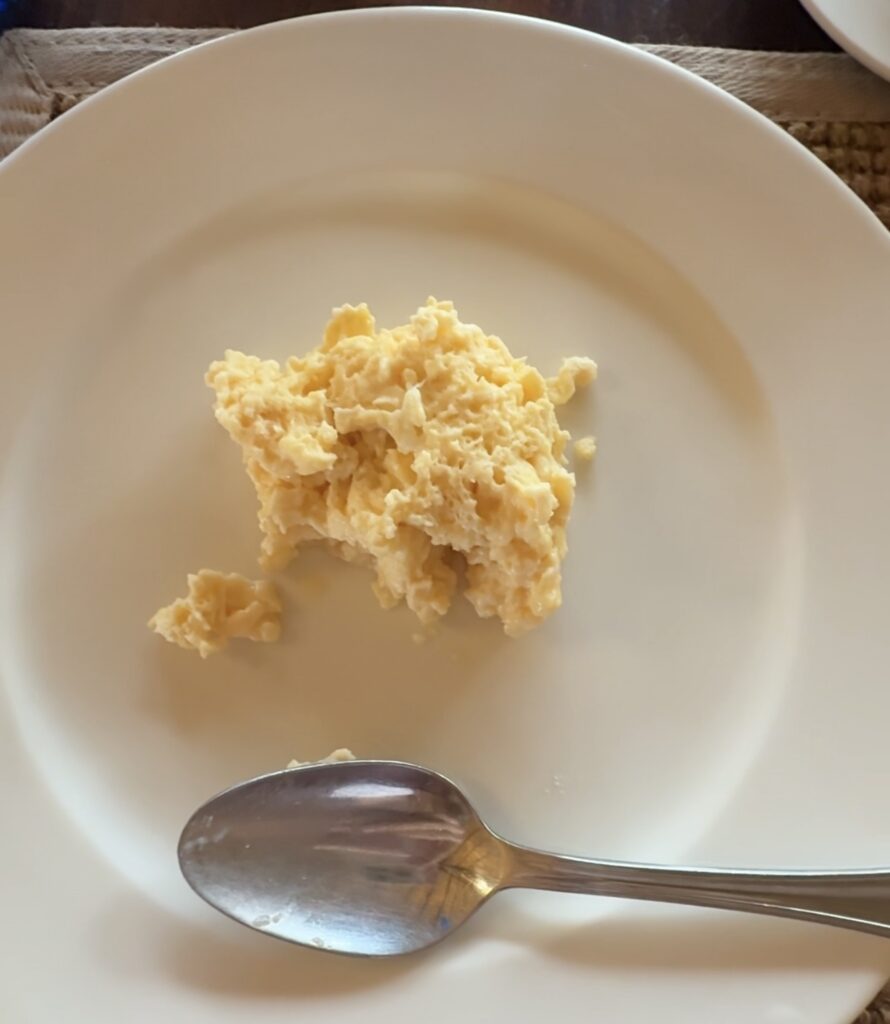
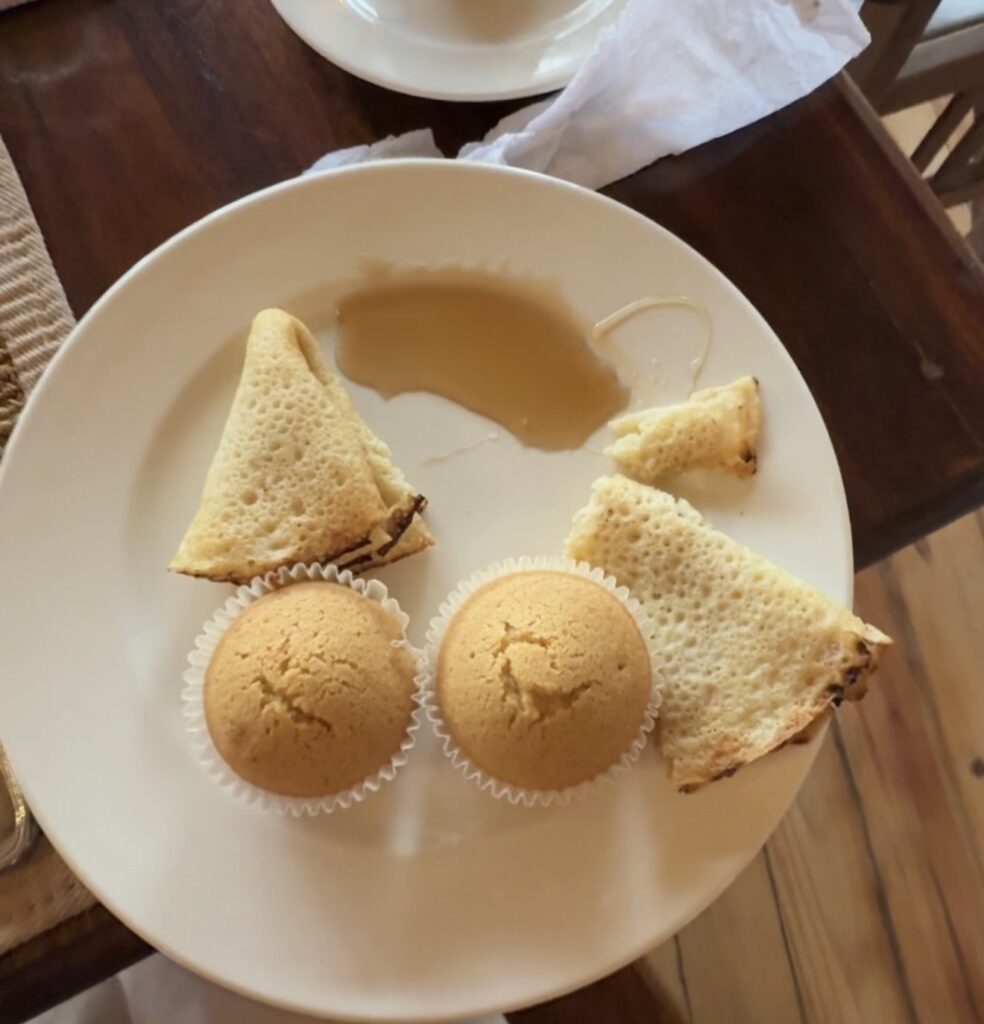
This was one of the biggest pleasant surprises of the entire trip.
Every single meal was gluten-free and dairy-free, and the chefs went above and beyond to make sure I could eat safely. Tanzania Specialists — the company we booked with — communicated all of my food restrictions ahead of time, so by the time we arrived at each lodge, the staff already knew about my dietary needs.
Every morning, they packed us to-go lunches for our safari days, and every dinner was delicious. I was even able to communicate specific triggers, like acidic foods or certain drinks, and they always accommodated with no hesitation.
As someone who’s had to navigate food fear from my chronic illness, this made me feel seen and cared for. It took away so much stress, and it allowed me to actually enjoy the food and the experience without worrying about how my body might react.
Our Safari Experience
We booked our trip through Tanzania Specialists, and I can’t recommend them enough. They planned everything for us — from domestic flights to lodging to transportation. The only thing we had to handle ourselves was our international flight. Once we arrived in Tanzania, we didn’t have to worry about a single logistical thing.
They also communicated all of our dietary and medical needs to our guide and every place we stayed. It made the entire experience feel effortless and safe — which, as someone traveling with chronic health conditions, was priceless.
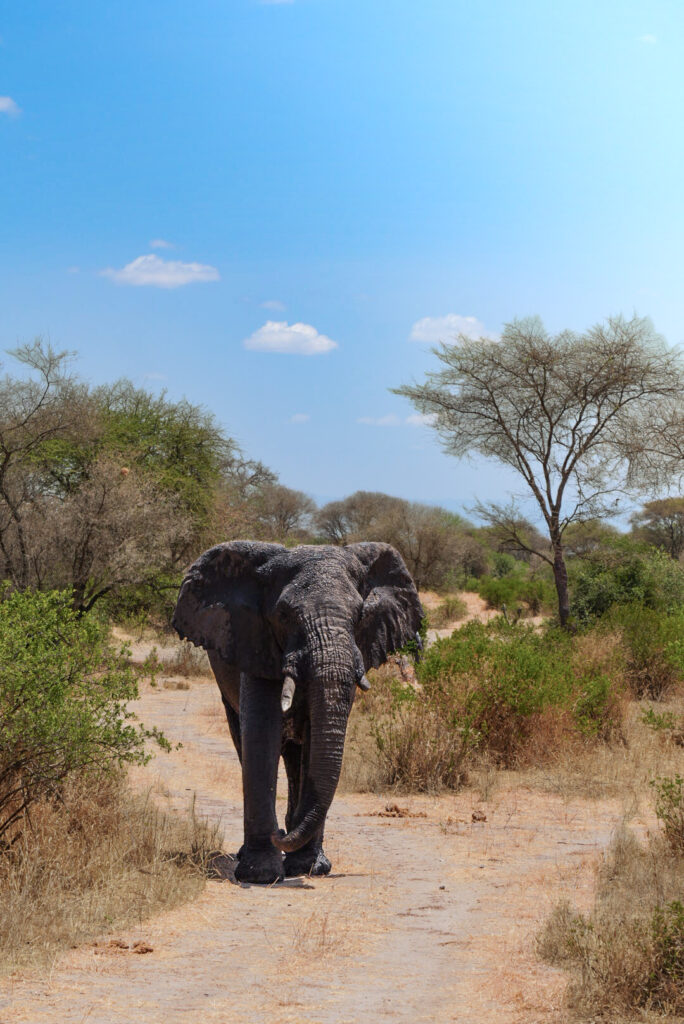
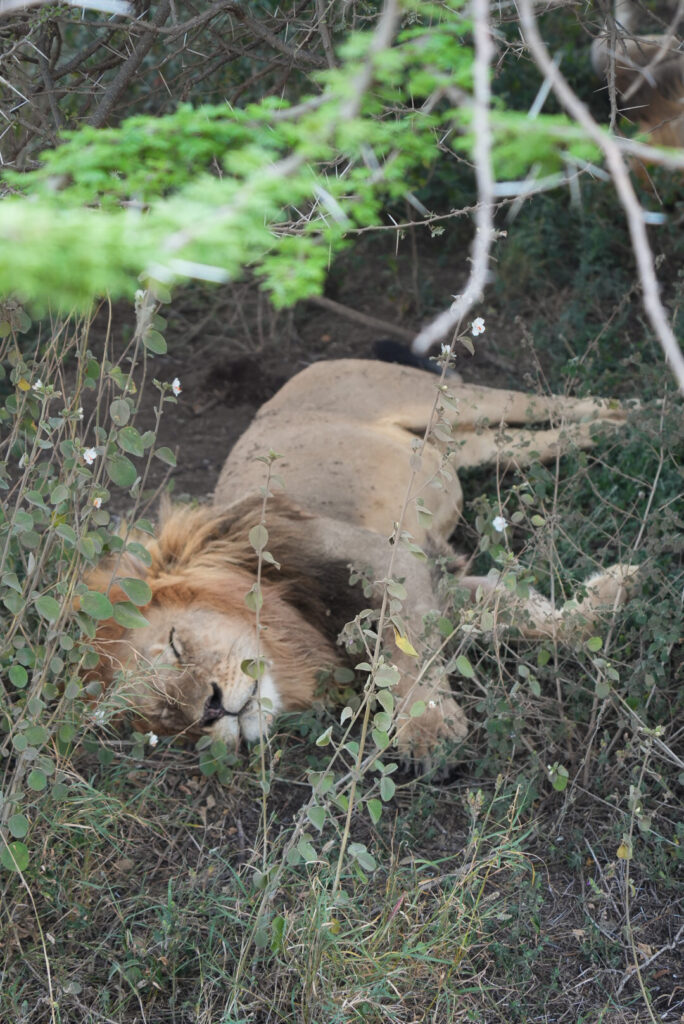
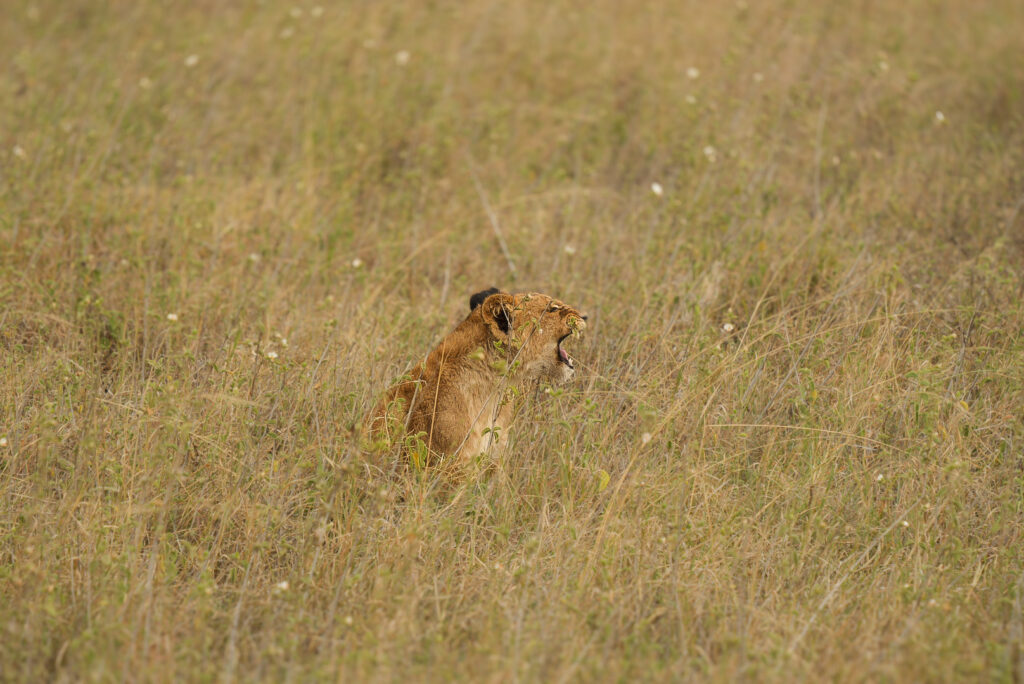
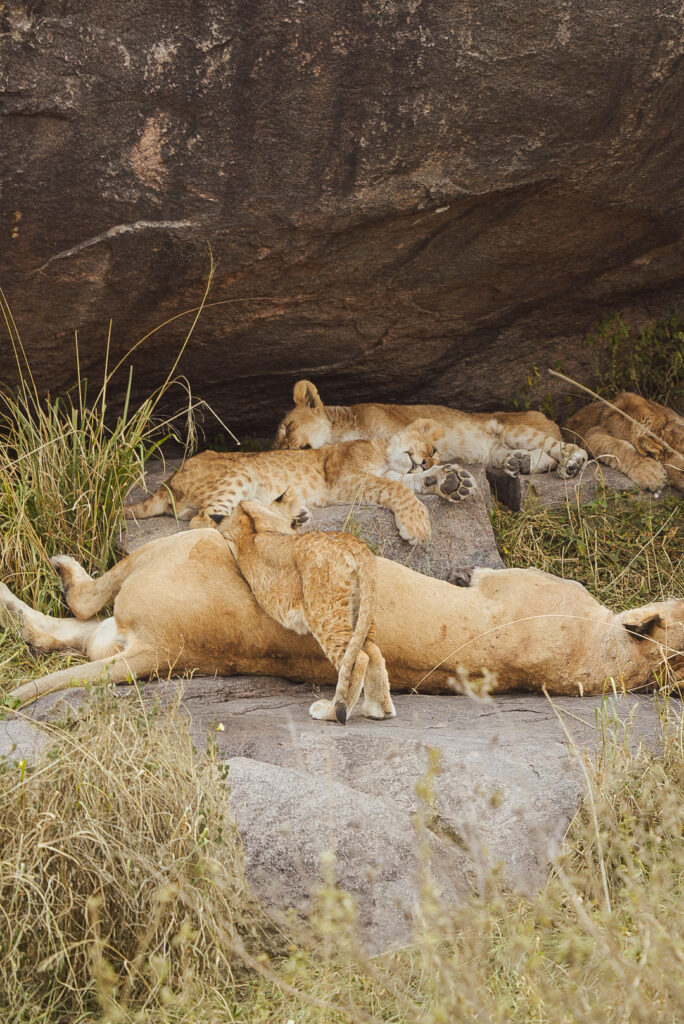
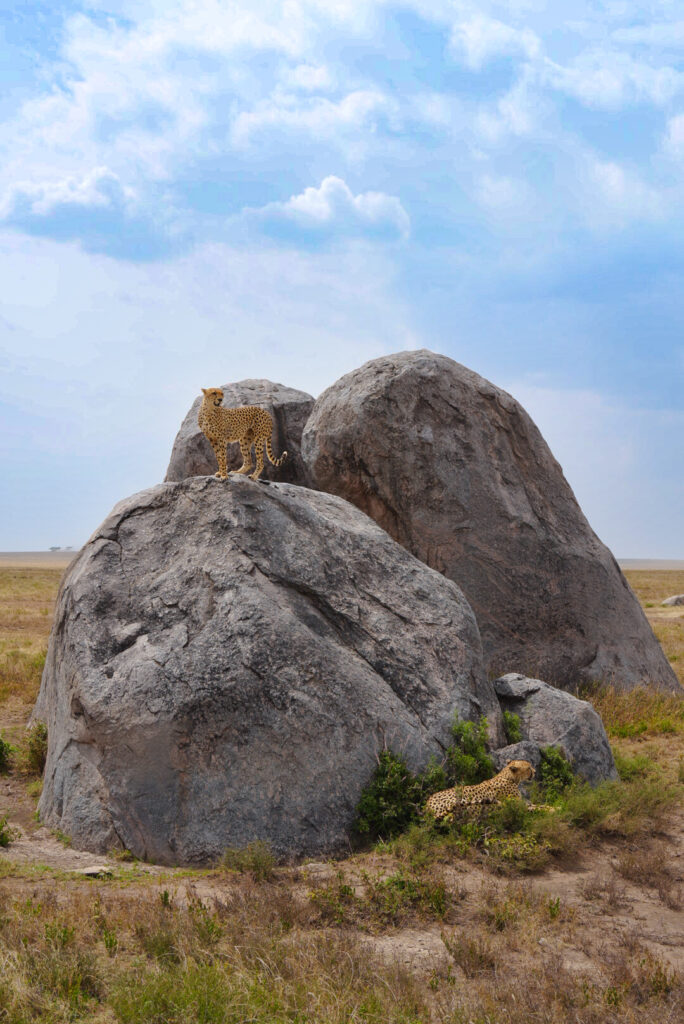
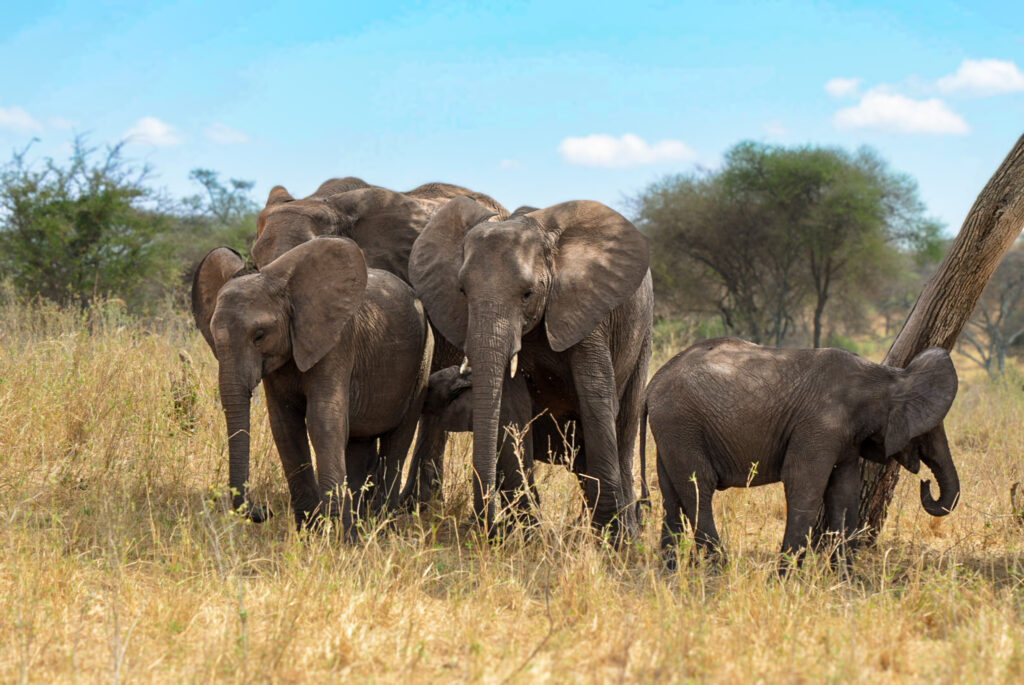
Conserve Safari Lodge, Serengeti
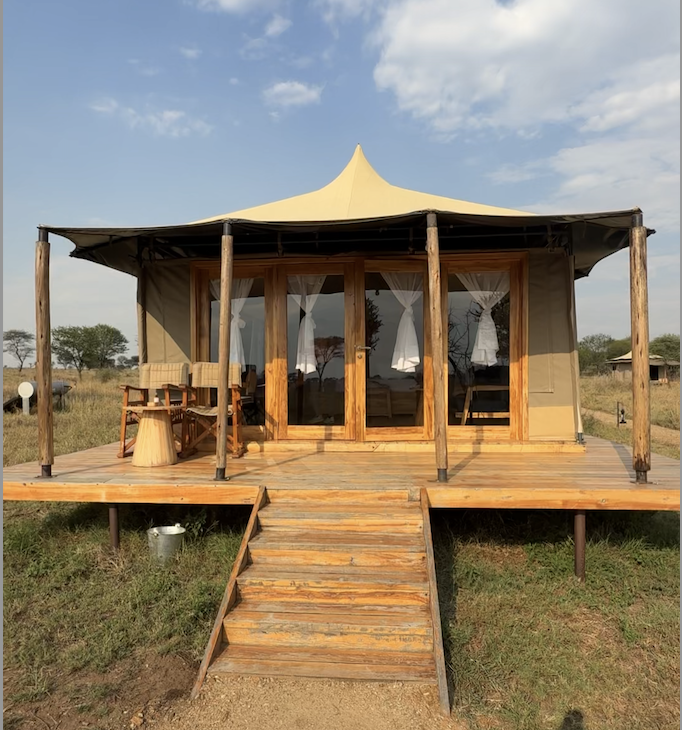
Our favorite stay was Conserve Safari Lodge in Serengeti.
The staff and chefs were incredible. Not just in how they took care of us, but how deeply respectful they were of the land and wildlife. This was where we truly felt like we were living with the animals instead of just watching them.
Every morning, we’d wake up to the sounds of lions in the distance, protecting their territory, hyena’s running behind our camp, and fall asleep listening to zebras or buffalo nearby. It was peaceful, humbling, and magical in a way I’ll never forget.
Visiting the Maasai Tribe
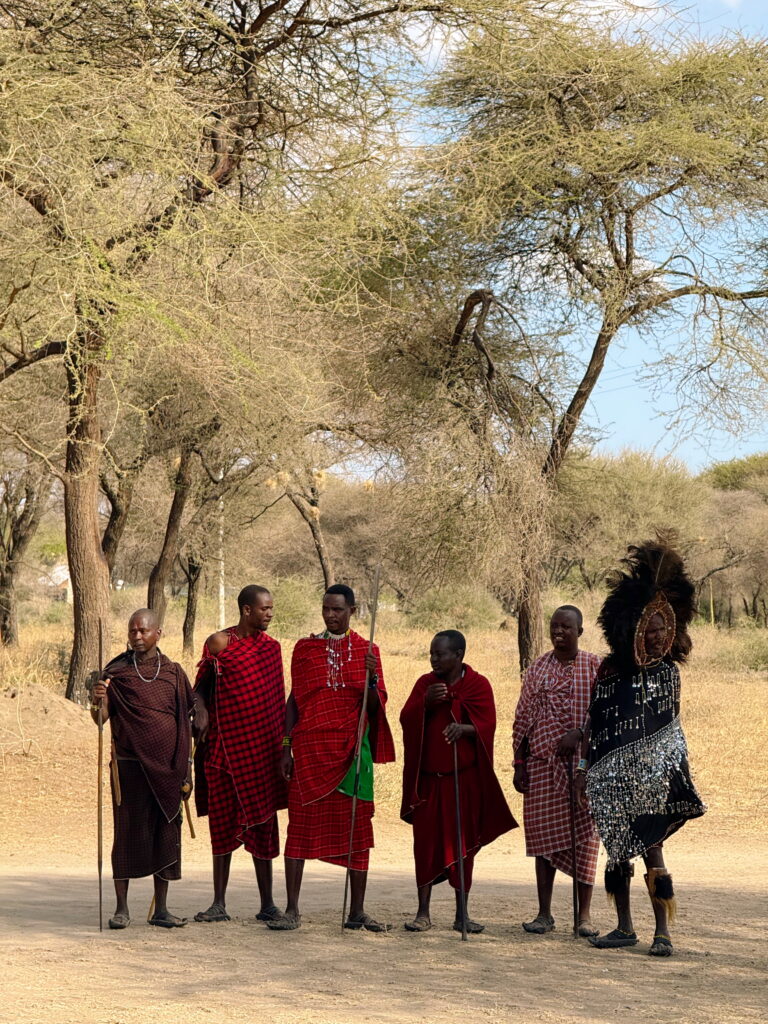
The Maasai are a semi-nomadic, pastoral people who live across Kenya and Tanzania. You see them from start to finish throughout your entire trip. Their lives revolve around cattle herding, and they maintain a traditional way of life that has remained largely unchanged for centuries.
Seeing how they live among wildlife, even lions and other big cats, was incredible. They share the same land, yet coexist with such respect for nature. You’ll also see them work at various different places including the lodges to provide you protection as you go to and from your camp when it’s dark. This is how they have had to adapt to modern day living. When we visited them, there are a few things to keep in mind!
- Be prepared to pay an entrance fee. I think ours was $50
- Learn basic Swahili to communicate effectively with them, and to be respectful of their culture. They also have an indiginous language called Maa, but the majority of them speak Swahili
- They will show you their cultural practices like how they make fire, their traditional dances, and how they throw their spears. You will be asked to participate, and it’s a memory I will have with me forever!
- At the end of our visit, we were invited to look at the beautiful jewelry and decorations handcrafted by the Maasai women. Out of respect and admiration for their work, I wanted to take a closer look, but because of the language barrier, I wasn’t able to clearly communicate which pieces I wanted and which I didn’t. I ended up purchasing a few items I hadn’t intended to, simply because I didn’t realize that handling or trying on the jewelry was understood as interest in buying. If you visit, just keep in mind that showing appreciation by touching or trying things on can easily be interpreted as a purchase, so it’s best to ask (or gesture) first.
Health & Safety Details
Make sure to ask your family doctor what you would possibly need for your travel!! I didn’t end up using the nausea patches for the long safari drives, but Owen did and was very thankful we brought them.
- Vaccinations: The only one we needed was Typhoid fever.
- Malaria pills: We got ours from our GP and took them throughout the trip.
- Nausea patches: We packed them just in case. Owen used his; I didn’t end up needing mine.
Some other health things to keep in mind with or without chronic illness..
- First Aid Kit: Get one that includes a strong antibiotic since there are no hospitals near by
- Laxitives & antidiarrhial
- Allergy Medication: On your safari drives, you will be encountering a lot of dust. I took some every day for my bladder and for general allergies
- Lip Balm: Your lips will be really dry adjusting to the dry climate
Tipping
A good rule of thumb is to tip your safari guide around $10–$20 USD per person, per day, depending on the length of your trip and the quality of service. We tipped ours more after learning about the lives the safari guides live, so I would recommend doing more than $10-$20 per day. For camp or lodge staff, it’s common to leave $5–$10 USD per person, per night in a shared tip box at checkout (most lodges have one). Many lodges ask that you don’t tip individual staff members directly, since gratuities are divided equally among the team. It’s best to bring cash in small U.S. dollar bills. Having a few envelopes or a small pouch for tips makes it easy to organize them ahead of time — especially if you’re staying in multiple places throughout your safari.
What to Pack for Safari
I feel like I should preface this by saying I made Owen go to REI with me where we spent almost $1k in new safari clothing, and ended up returning almost all of it because I had everything I needed already. All you need to worry about is:
- Don’t pack anything black or blue because it will attract the flies
- Don’t pack any bright colors because it can disrupt the animals
- Don’t pack camo, the local people do not like it
- Temperatures vary, so packing outfits you can layer is KEY
- You cannot take hardshell suitcases, only duffel bags, backpacks, and softshell rolly suitcases
- Some people or websites tell you to pack safari shorts but I never wore mine because of how dusty you are in the car
Clothing I packed for our 5 day safari:
- 1 short sleeve maroon shirt
- 1 thicker long sleeve white shirt
- 3 white tank tops
- 2 pairs of lightweight pants; 1 green linen pants and 1 cacki cargo pants
- Brown belt
- 2 fleeces; 1 thicker fleece and 1 thinner fleece
- 1 pair of hiking sneakers that were easy to take on and off (I almost brought my hiking boots and I’m glad I didn’t because there was no use for them)
- 1 sleeping outfit
- 2 bathingsuits
- 1 modest cover-up: Most of everyone there is muslim, and I found that a dress cover up was easiest!
- 2 sports bras or bras you feel comfortable in and that fit with your tank tops
- Underwear
- Sunglasses (Of course I forgot mine and it was really annoying)
- 1 nicer dinner outfit (pants and a sweater)
We went to Zanzibar after our safari, and I didn’t need to pack anything extra for that!
Go-To Items I’m So Glad I Packed
I almost didn’t bring a camera, and thank goodness I did. I asked a couple of my best friends who do professional photography and videography and they reccomended I purchase this one because of how user friendly it is. And I will swear up and down that after using this camera, someone who has never used a camera or phone camera in their life would be able to easily operate this one. The photos we took are some of my most cherished memories, and I would not have been able to capture the animals like I would have wanted with just an iphone. This camera is also a great every day photo and vlogging camera!
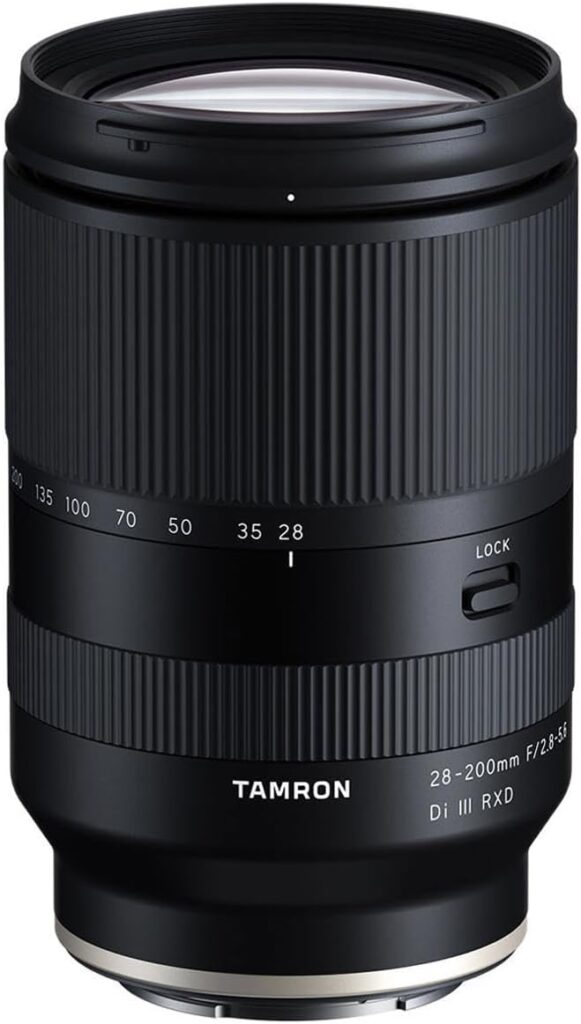
Tamron 28-200 F/2.8-5.6 Di III RXD for Sony Mirrorless Full Frame/APS-C E-Mount – Another reccomendation from my friends that I’m happy I listened to. If you don’t have the correct lens, the images you capture in safari will not be any good. Again really easy to pop in.
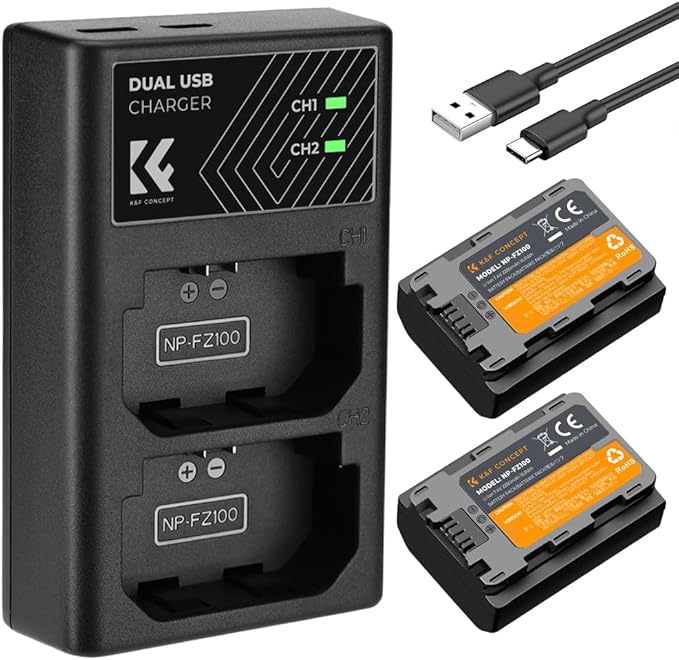
Extra camera batteries and charging port. I’ve owned camera’s before and have always kicked myself for not purchasing extra batteries and a charging port. It is extremely useful, especially when on the go on safari and don’t have time to charge a single battery every night. I can easily swap out a dying battery for a fully charged one.
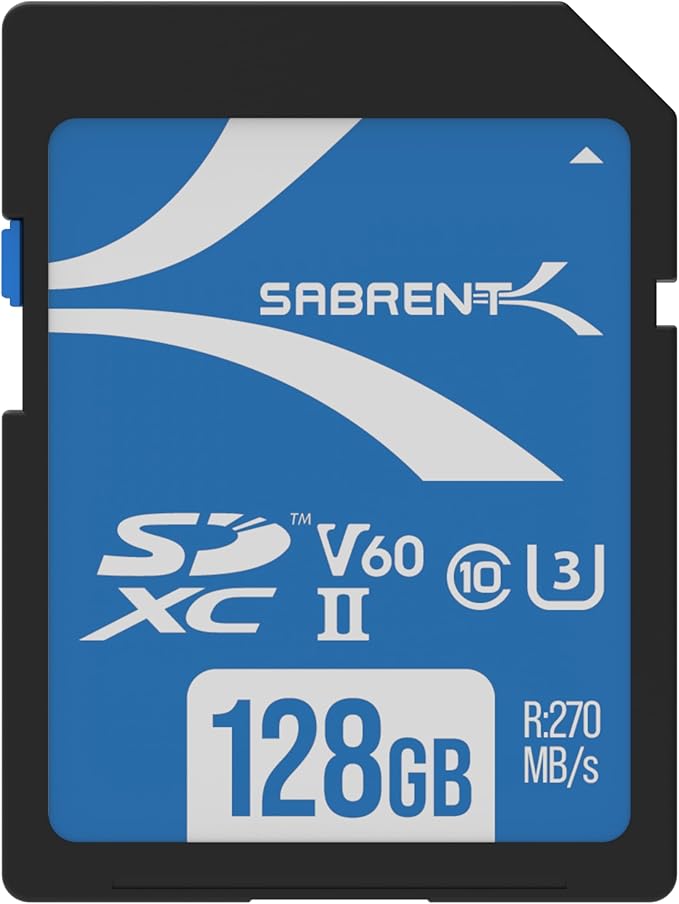
This goes without explanation. All of the camera links are compatable with my camera recommendation
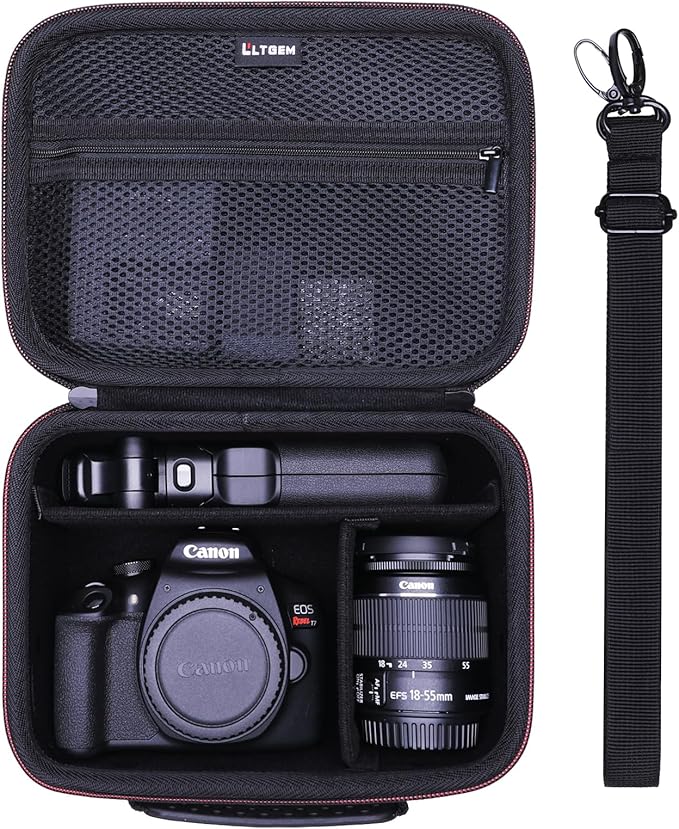
This is the case I bought to hold my camera and I love it!
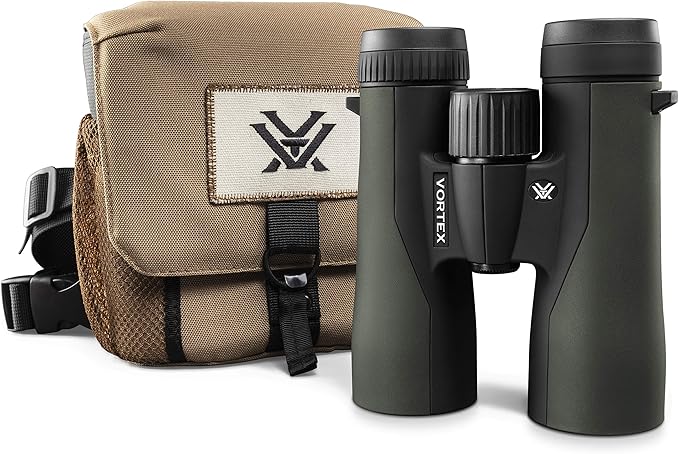
Do not go on safari without a pair of GOOD binculars. Try your best not to purchase “good enough” ones. I did that, while Owen bought the correct ones and we ended up using his the entire trip because mine did not work well
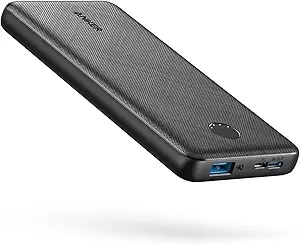
You will need one to keep your devices charged during your long safari days in the car without access to a charging port! This one is my favorite
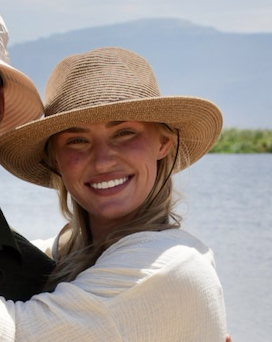
Wide brim sun hat with a string to secure it to your head when you are in the safari car! You will be popping your head out to view animals a lot, and sometimes its nice to stand with your head out of the jeep to take in the views.
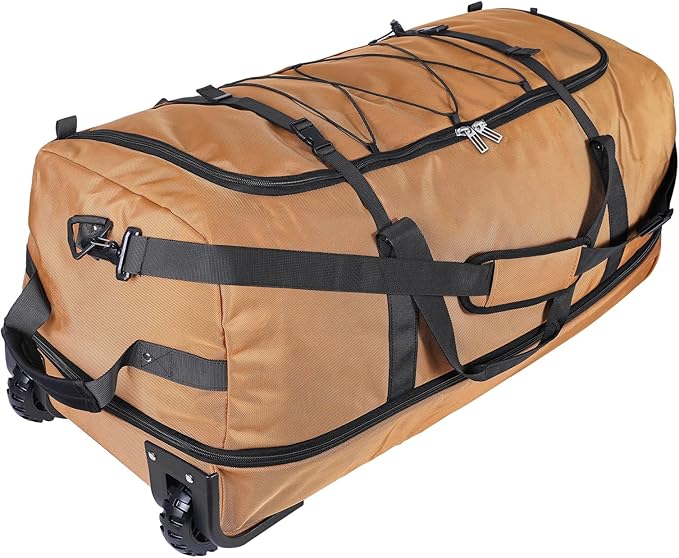
110L/140L Expandable Soft-Sided Foldable Duffle Bag
This is the bad I really wish I had gotten for the safari. I’m not even going to link the one I traveled with because it wasn’t good. You are generally told to pack a soft shell suitcase with a weight limit of 35lbs. Having a roller bag is essential for not only you, but the workers who will demand to carry your bags!
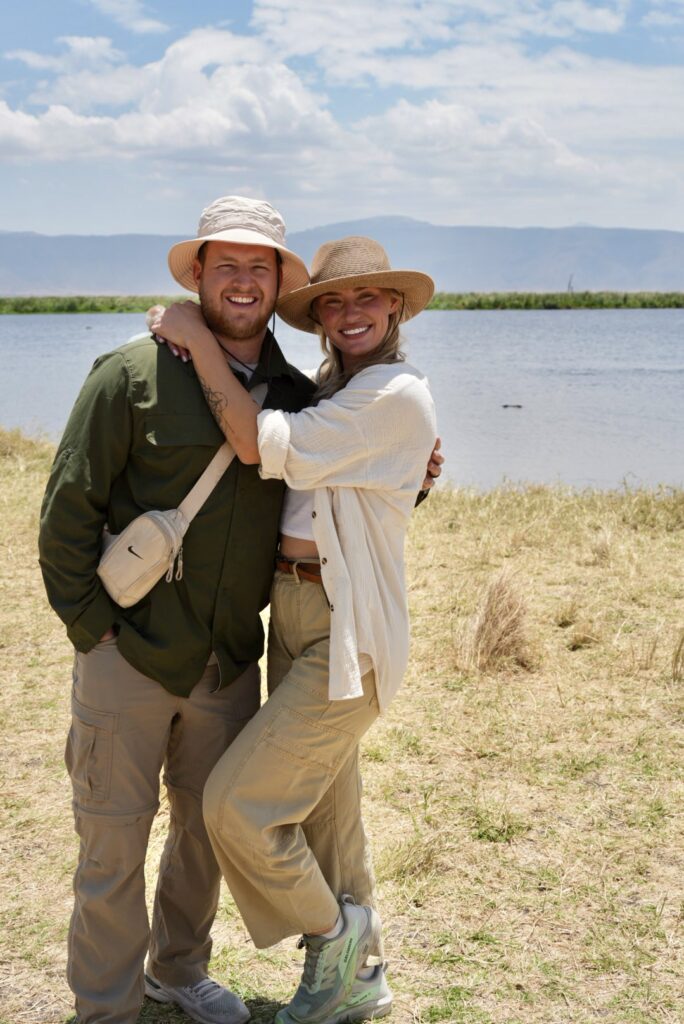
We went on safari for 5 days, and I am really happy that I only packed 2 “base” outfits and a couple extra tops. A white tank, a bottun up, hat, lightweight pants, belt, and hiking shoes that can easily be taken on and off. We were changing lodging destinations quite a bit so we couldn’t ask them to wash our clothes until we stayed at the lodge we were at 2 nights. There are more details about the specific clothes I brought in my LTK links
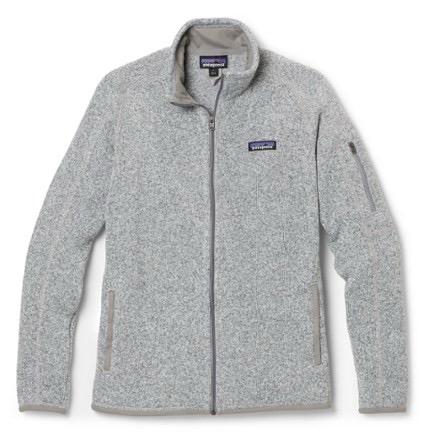
Fleece for morning safari drives
It gets really cold at night, and I used my patagonia fleece A LOT
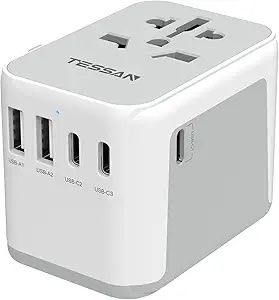
You aren’t going to charge anything if you don’t have one of these!!!
Final thoughts
This trip reminded me that chronic illness and adventure can coexist. You can be both sick and travel. You can rest when you need to and still experience magic.
To anyone living with chronic illness who dreams of travel: Prepare as best you can, communicate your needs, get any and all rescue meds, and give your body the grace it deserves along the way.
Because sometimes, even when your body isn’t perfect, the world still gives you moments that are.
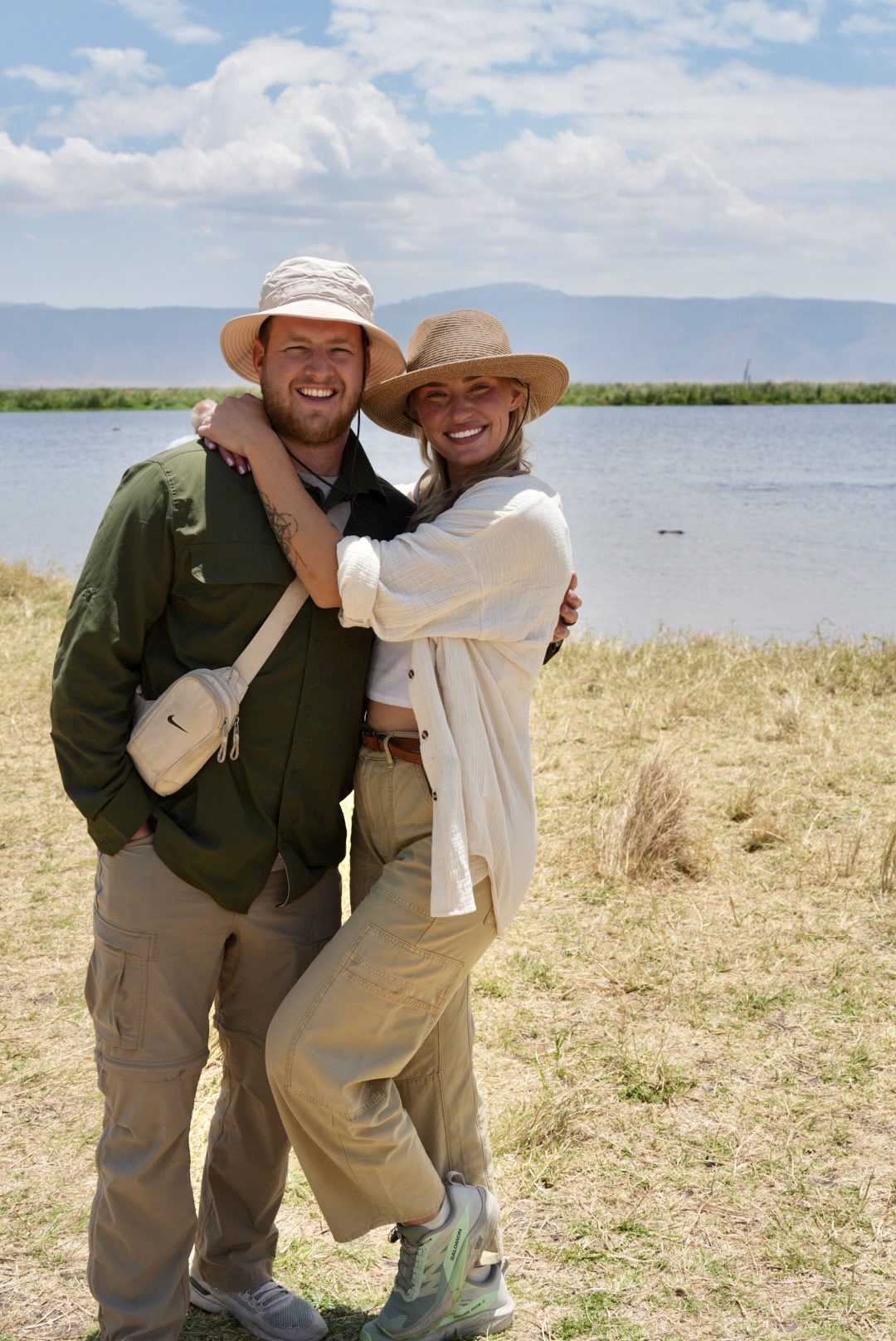
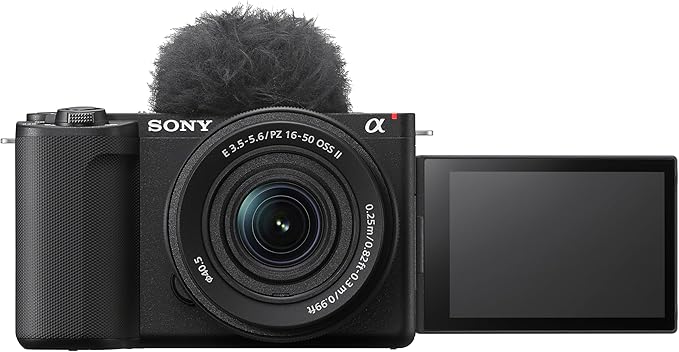
LEAVE A COMMENT